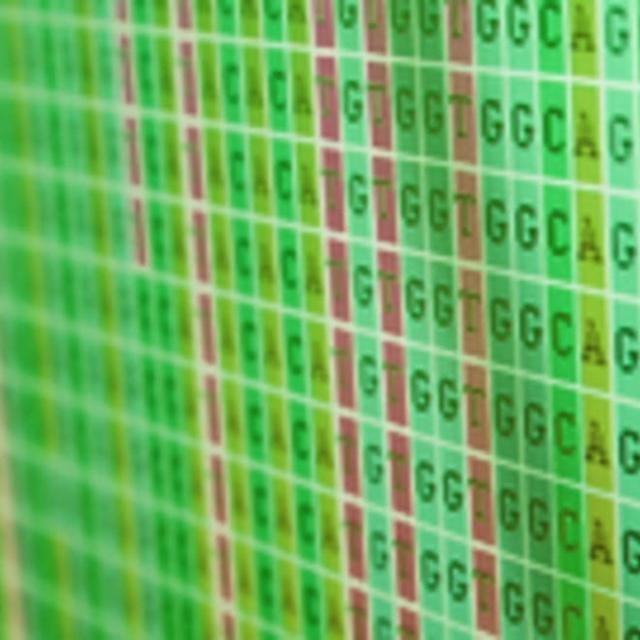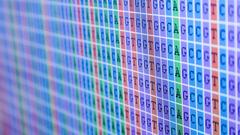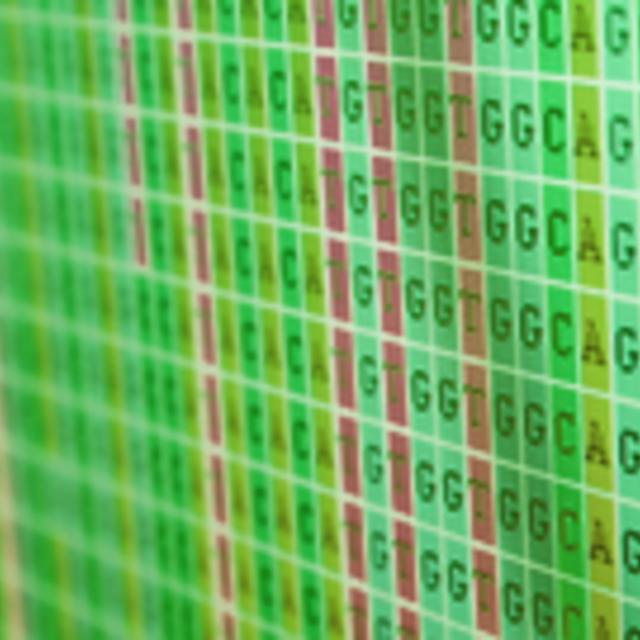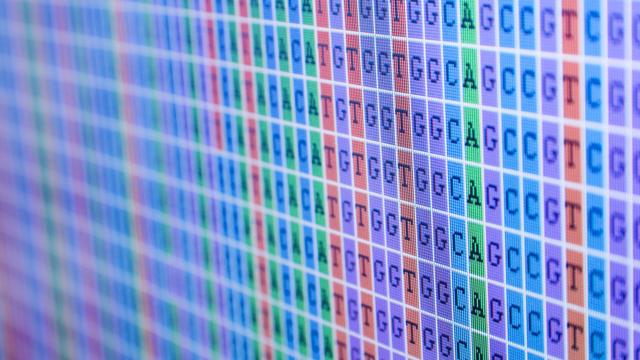Nicholas James Provart
Nicholas is currently an assistant professor in Plant Bioinformatics in the Dept. of Cell and Systems Biology at the University of Toronto, 25 Willocks St. Toronto, ON. M5S 3B2. CANADA.
He worked at the Torrey Mesa Research Institute of Syngenta Ltd., at 3115 Merryfield Row, San Diego, CA. 92121, as a bioinformatics scientist in the RNA Dynamics Department (January 2001-May 2002). His responsibilities included data analysis of gene expression microarray experiments, datamining of the gene expression microarray database, maintenance of the external TMRI website for gene expression microarray collaborations, development of various tools for improved visualisation of data and development of a database for managing external collaborations.
He worked as a Research Scientist at PlantTec Biotechnologie GmbH Forschung + Entwicklung, Hermannswerder 14, Potsdam, Germany (now part of Bayer CropScience) from November 1996 to December 2000. Project co-coordinator for a 2 year outsource from a large german life sciences company. Further responsibilities: 'New Technologies Development Officer' (genomics, internal database resources including an extensive Intranet site with several databases for plasmids/vectors, transformations, labbooks and patents. He also was involved in developing and programming a 'knowledge' database for our company) and doing consulting for an upscaling for the production of a glycosyltransferase.
He worked as a Post-Doctoral Fellow at the Institut für Genbiologische Forschung in Berlin, Germany from May 1996 to October 1996. Biochemistry of a glycosyltransferase; He was also involved in helping to found PlantTec.
Ph.D. received from the Freie Universität of Berlin in April 1996. The work was carried out at the Institut für Genbiologische Forschung, under the supervision of Prof. Dr. Lothar Willmitzer. Thesis: The Molecular Biology of Guard Cells in Solanum tuberosum. Grade: 'sehr gut'. He started his studies in July 1993.
He received his Master's degree in Science (M.Sc.) from the Department of Botany at the University of Toronto in 1993. Thesis: A Structure-Function Analysis of Pea Carbonic Anhydrase by Site-Directed Mutagenesis. Supervisor: Prof. Dr. John R. Coleman
He graduated in 1990 with a Bachelor of Science (B.Sc.) degree (Honours) from the University of Toronto. During the third and fourth years of my program, he specialised in Molecular Genetics and Molecular Biology.
More info: http://csb.utoronto.ca/faculty/provart-nicholas





